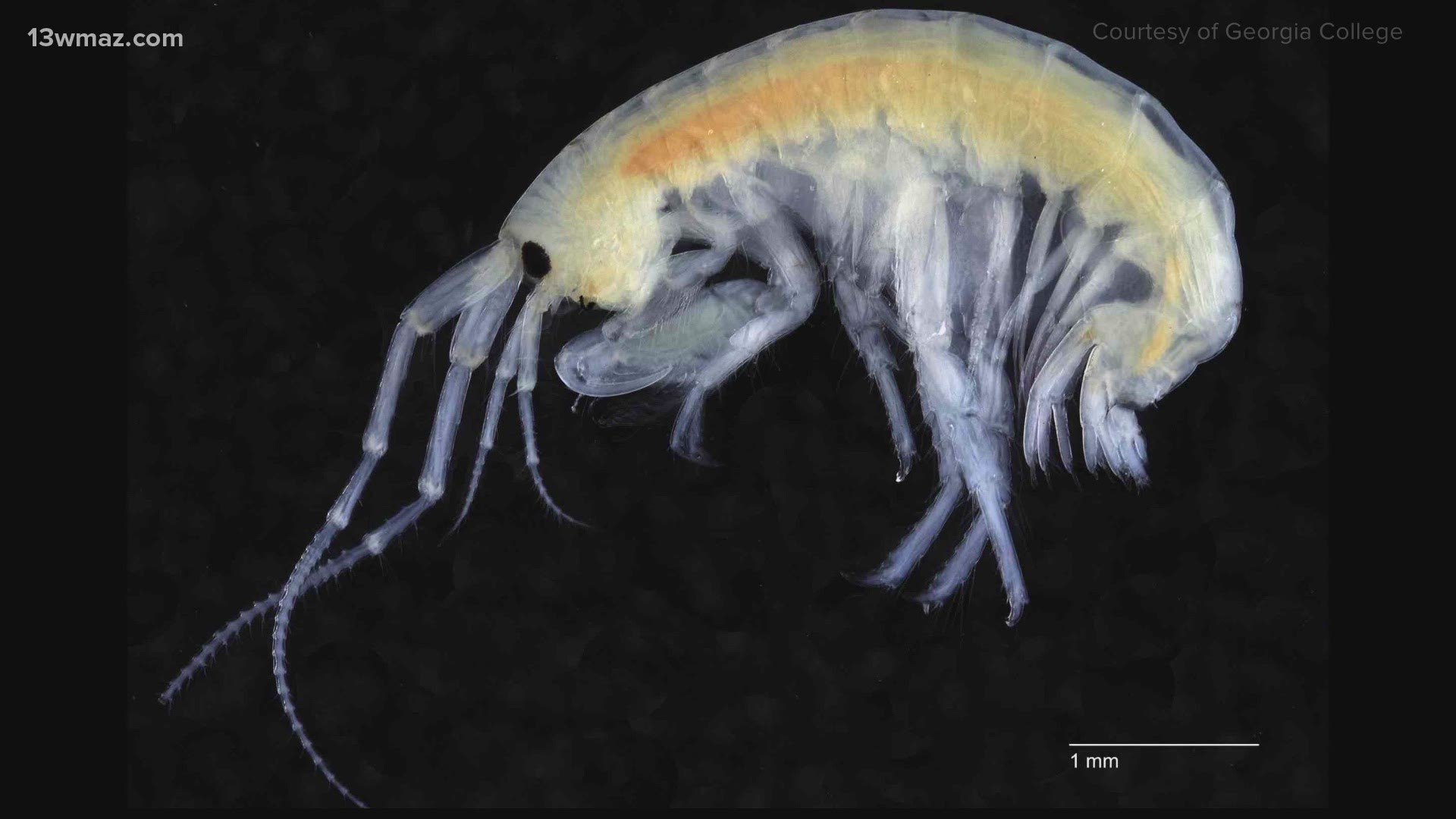MILLEDGEVILLE, Ga. — After months of research, a Georgia College professor and student discovered a new species of amphipod.
Amphipods are shrimplike creatures at the bottom of the food chain that can be found in lakes, rivers, and oceans, only to become fish food.
The team of researchers says finding the tiny new species is a big deal.
Sally Sir of Duluth has always known she wanted to be a scientist.
"I always had really great teachers," said Sir. "They always made it really fun."
This fall, Sir will be a junior environmental science student.
For the past several weeks, she's been studying amphipods with Georgia College Assistant Professor of Biology Kristine White.
"Pretty soon, she had me dissecting these amphipods and she told me that she had all of these samples and there was probably a new species in that and we should find it," said Sir.
They studied 11 different species out of the 7,000 samples from White's post-doctoral work in Japan, and then they matched them to already published literature samples.
That's what ultimately led them to the newly-discovered species.
"Once we figured that out, Sally dissected the parts and inked all the parts and we wrote the manuscript," said White.
However, they didn't do this alone.
They also had the help of sophomore biology student Lizzie Durham.
"The fact that I am able to be so involved again is just empowering and makes me feel like I can handle more things in the future and be more confident," said Durham.
"It's really exciting to have two young women to have something interested in something that is primarily male-dominated," said White.
"You finally get that one tiny piece off that you've been trying to get for days and it kind of trumps all the other stuff. It's a great feeling," said Sir.
White also said, "By identifying these, it can help scientists monitor food and water sources, because if you know what's there, you can see what changes. If you don't know what's there, you'll never know what was lost."
Now, they can't tell us the name of the species right now, because their research hasn't been published yet.
Their manuscript is currently being peer reviewed by other scientists who will then send it along to the next publication step.
About 10,000 different species of these shrimplike creatures are known to exist.
White believes there are more undiscovered species just waiting to be fond in her samples from Japan.

